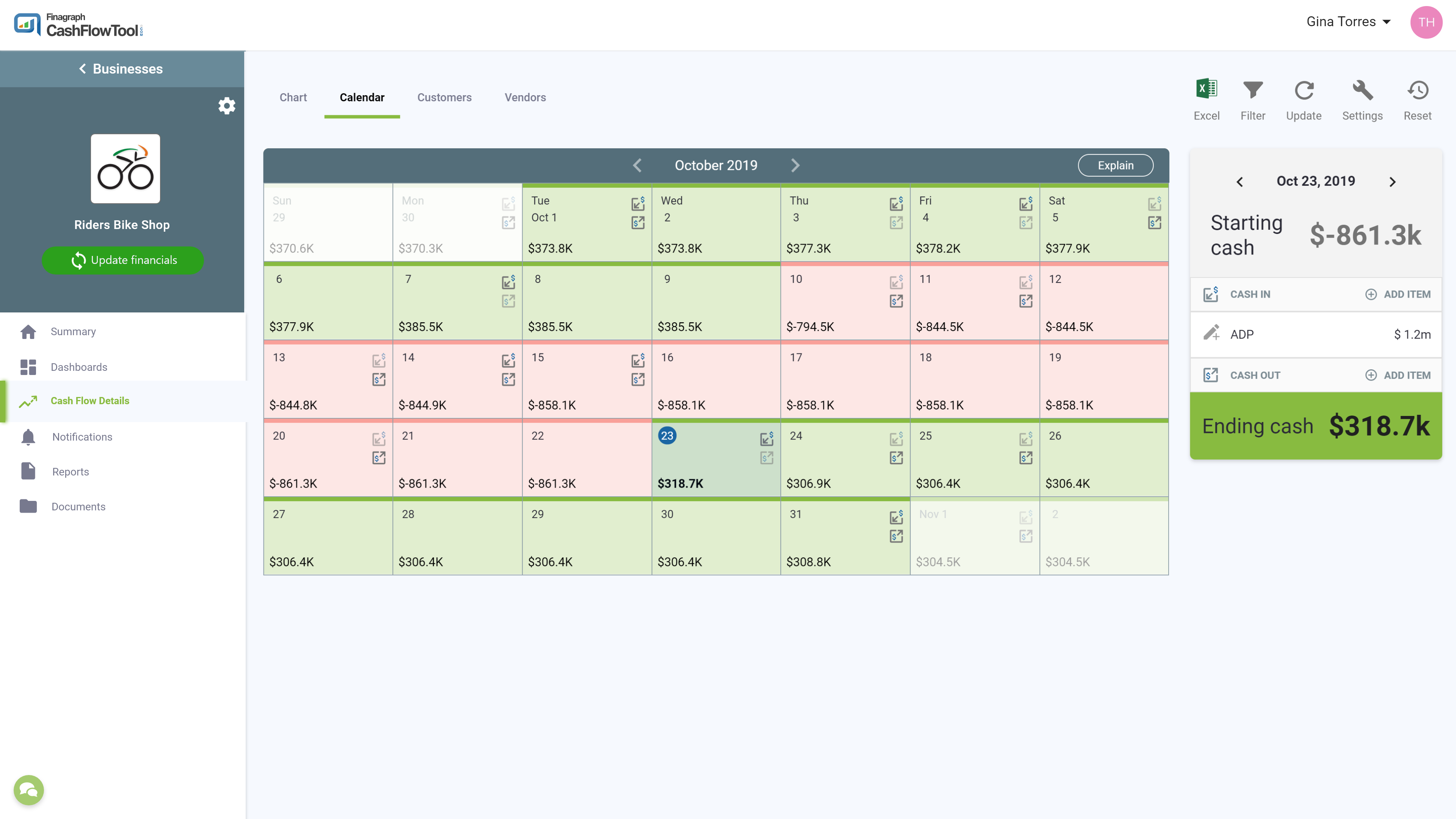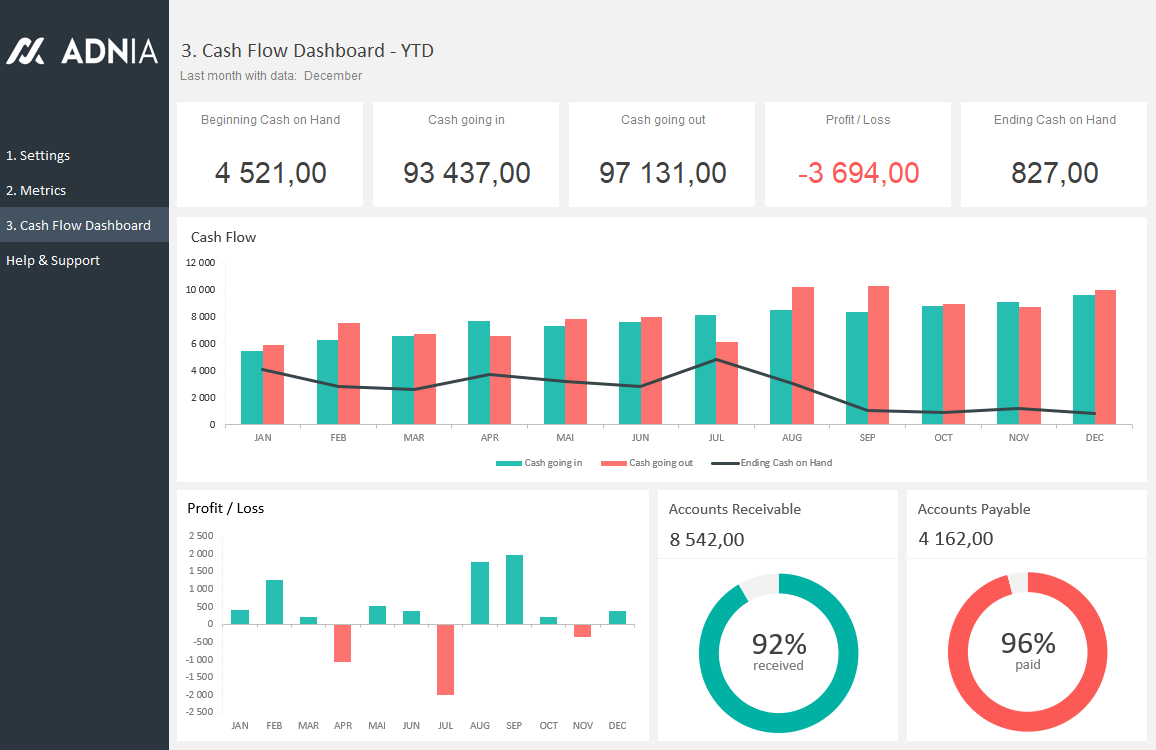
Significant movements in cash flow over a short period, or more gradually over time, have a profound impact on net debt and covenant levels, particularly if underlying earnings are moving in the wrong direction. Cash and drawn liquidity are key components of the net debt number and, ultimately, covenant calculations. While not purely cash and liquidity metrics, net debt and covenant metrics are closely related to cash and liquidity and too important to ignore. Aggregating these liquidity sources, then combining them with cash reserves to show total available actual and forecast liquidity, is a must for dashboards. Most large companies will have multiple sources of external liquidity spread across their business. Liquidity reporting layers external sources of available liquidity on top of internally available cash reserves.ĭuring the peak of the COVID-19 pandemic, companies tapped these liquidity reserves en-masse as they scrambled to add another layer of security by converting as much of them as possible into cash. Once more, the sheer number of moving parts makes the task of calculating current and forecast liquidity an onerous one, but not impossible. Total Actual and Forecast Available Liquidity These consolidated actual and forecast positions – with the data that sits behind them related to business units, bank accounts, and many other aspects of the company – are the backbone of all other cash reporting. With bank data and forecasts feeding directly into the dashboards, however, a real-time view of daily consolidated actual and forecast cash positions is available with the click of a mouse. This is perfectly understandable, given the number of subsidiaries and bank accounts involved. Large businesses, especially those with a global presence, often struggle to achieve an up-to-date, single-currency centralized cash position, showing both current cash levels and forecast cash levels at certain points in the future. Consolidated Actual and Forecast Cash Positions

What’s more, they focus all attention on a single version of the truth that is easy to understand and digest.Īt a moment’s notice, dashboards can also be rolled into reports and circulated to the relevant stakeholders, who have the option to take a headline view or drill down to the most granular level of detail.Ī cash flow dashboard, however, is only worthwhile when serving an objective. It is in such heightened situations that the inherent value of a cash flow dashboard becomes all too clear.Ĭash and liquidity dashboards display real-time data, generated by cash reporting and forecasting processes and systems, that matter most to businesses and their audience. With senior management demanding daily updates on cash flow data and KPIs, piled on top of their already extensive cash reporting requirements, the onus was on head office treasury and finance teams to communicate that information with exceptional speed and clarity. Businesses had to react accordingly, and those who had immediate visibility over their current and projected cash and liquidity positions were better placed to do so.

Perhaps the biggest lesson to be taken from the seismic events of the last five months, at least for corporate treasury and finance professionals, is that instant access to real-time data is not a luxury but a necessity.Īt its height, the economic fallout caused by the global outbreak of the coronavirus unfolded almost by the hour.


 0 kommentar(er)
0 kommentar(er)
